OTTAWA, Ontario, CANADA: World War I began on July 28, 1914, and lasted until Nov. 11, 1918. This year marks the centennial of the Canadian Army Dental Corps (CADC), which was formed shortly after recruiting efforts began in earnest for what would become known at “The Great War.”
Initially, recruitment was at a slow pace; but, as it became evident that the conflict was escalating more quickly than anticipated, the role of the recruiting offices expanded. At the same time, it became evident that many potential recruits were being rejected for dental reasons.
As a result of these expanding dental needs, efforts were undertaken to initiate a dental program to support the growing military commitment. In May 1915, the Canadian Army Dental Corps was established under the professional and administrative control of the director of medical services.[1] It grew from an initial corps of 30 dental officers, 35 non-commissioned officers (NCOs) and 40 privates to ultimately comprising 233 dental officers, 223 NCOs and 238 privates by the end of hostilities. Of those who served, 24 died in the war as a result of various injuries.[2]
The war itself, of course, was devastating, claiming more than 9 million lives, including 65,000 Canadian military casualties.[3] Nov. 11 has been commemorated as Remembrance Day since 1931.[4]
As with the war in general, the formation and expansion of the Canadian Army Dental Corps (today the Royal Canadian Dental Corps) was based not only on needs as they arose, but also on unexpected developments. Many of the changes that came into fruition were planned — while many others were altered as required by circumstance.
‘A very perfect dental organization’
In testament to the validity and efficacy of the well-oiled machine the corps became, a consultant with the British Army, Sir Cuthbert Wallace, said at the war’s end: “The Canadians had a very perfect dental organization.” He also expressed the opinion that the British service might well copy the Canadians.[5]
At the onset of WWI, the original intent was to attach dental officers to military medical units, but in practice that did not occur. However, in August 1915, dental officers were permanently attached to field hospitals. In that capacity they served in Canada before embarkation to Europe and also served in Europe. They served in hospitals in the U.K., as well as at or near the front lines in France, Greece, Italy and Belgium.[6]
CADC personnel eventually performed a number of functions:
- Dental inspections of all Canadian soldiers on arrival in England
- Dental inspections of all returning soldiers before embarking for Canada
- Provision of normal preventative dental care
- Treatment of wounds and trench mouth
- Care for reconstruction surgery in special clinics[6]
In January 1947, the Canadian Army Dental Corps was redesignated the Royal Canadian Dental Corps. In 1968, as a result of what some considered an ill-conceived merger of the three services (Army, Air Force, Navy), the Royal Canadian Dental Corps was renamed the Canadian Forces Dental Service. In October 2013, the designation of Royal Canadian Dental Corps (RCDC) was reinstated. From a historical perspective, there are some who feel that the RCDC is descended from the first military dental service in the world.[6] Some feel that Canada truly became a nation because of the extremely strong military service of our combat troops at battles such as Vimy Ridge, Ypres, the Somme[7] and many others. Along this vein, the Canadian Army Dental Corps, too, was born of need. It served and continues to serve with distinction and valour.
Note: This article was published in Dental Tribune Canada. A complete list of rererences is available from the publisher.
The overall trend in Canadian health-benefit-plan cost increases showed significant slowing for a second consecutive year. According to a survey recently ...
NEW YORK, NY, USA/LEIPZIG, Germany: Less dentists in Canada are having their denture prescriptions fabricated in the United States and offshore, a new ...
OTTAWA, Ontario, CANADA: The Canadian Dental Hygienists Association and the Canadian Dental Association have each have come out in support of the ...
MADISON, Wis., USA: Dr. Ron Goodlin of Aurora, Ontario, took the helm as president of the American Academy of Cosmetic Dentistry (AACD) during the ...
Prodont-Holliger, a French manufacturer of dental instruments, prides itself on using only the highest quality stainless steel and the latest production ...
The Canadian Journal of Dental Hygiene (CJDH), the peer-reviewed research journal of the Canadian Dental Hygienists Association (CDHA), is expanding the ...
Ottawa, ONTARIO, CANADA: With the recent legalization of cannabis in Canada, dental hygienists are urging everyone to think carefully before using cannabis ...
MISSISSAUGA, Canada: Zolar Technology, a Canadian-based dental equipment manufacturer specializing in dental diode lasers, has announced that it is seeking ...
OTTAWA, Ontario, CANADA: The Canadian Academy of Pediatric Dentistry (CAPD/ACDP) is using its annual meeting this year to focus on commonly encountered but ...
TORONTO, Canada: The majority of dentists in Canada find it difficult to make time to visit dental exhibitions, figures in the new annual report by the ...
Live webinar
Mon. 12 January 2026
9:00 AM EST (Toronto)
Prof. Judith Jones D.D.S; M.P.H., Prof. Kakuhiro Fukai D.D.S., Ph.D, Dr. Bathsheba (Bethy) Turton
Live webinar
Wed. 14 January 2026
12:00 PM EST (Toronto)
Dr. Théo Laplane, Dr. Robert Gottlander DDS
Live webinar
Fri. 16 January 2026
12:00 PM EST (Toronto)
Live webinar
Mon. 19 January 2026
1:00 PM EST (Toronto)
Philipp Kopp, Michael Seeber
Live webinar
Thu. 22 January 2026
2:00 PM EST (Toronto)
Dr. Nicola M. Grande DDS, PhD
Live webinar
Wed. 28 January 2026
8:00 AM EST (Toronto)
Live webinar
Wed. 28 January 2026
11:00 AM EST (Toronto)
Prof. Dr. Jan-Frederik Güth



 Austria / Österreich
Austria / Österreich
 Bosnia and Herzegovina / Босна и Херцеговина
Bosnia and Herzegovina / Босна и Херцеговина
 Bulgaria / България
Bulgaria / България
 Croatia / Hrvatska
Croatia / Hrvatska
 Czech Republic & Slovakia / Česká republika & Slovensko
Czech Republic & Slovakia / Česká republika & Slovensko
 France / France
France / France
 Germany / Deutschland
Germany / Deutschland
 Greece / ΕΛΛΑΔΑ
Greece / ΕΛΛΑΔΑ
 Hungary / Hungary
Hungary / Hungary
 Italy / Italia
Italy / Italia
 Netherlands / Nederland
Netherlands / Nederland
 Nordic / Nordic
Nordic / Nordic
 Poland / Polska
Poland / Polska
 Portugal / Portugal
Portugal / Portugal
 Romania & Moldova / România & Moldova
Romania & Moldova / România & Moldova
 Slovenia / Slovenija
Slovenia / Slovenija
 Serbia & Montenegro / Србија и Црна Гора
Serbia & Montenegro / Србија и Црна Гора
 Spain / España
Spain / España
 Switzerland / Schweiz
Switzerland / Schweiz
 Turkey / Türkiye
Turkey / Türkiye
 UK & Ireland / UK & Ireland
UK & Ireland / UK & Ireland
 International / International
International / International
 Brazil / Brasil
Brazil / Brasil
 Latin America / Latinoamérica
Latin America / Latinoamérica
 USA / USA
USA / USA
 China / 中国
China / 中国
 India / भारत गणराज्य
India / भारत गणराज्य
 Pakistan / Pākistān
Pakistan / Pākistān
 Vietnam / Việt Nam
Vietnam / Việt Nam
 ASEAN / ASEAN
ASEAN / ASEAN
 Israel / מְדִינַת יִשְׂרָאֵל
Israel / מְדִינַת יִשְׂרָאֵל
 Algeria, Morocco & Tunisia / الجزائر والمغرب وتونس
Algeria, Morocco & Tunisia / الجزائر والمغرب وتونس
 Middle East / Middle East
Middle East / Middle East
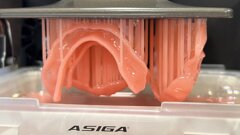

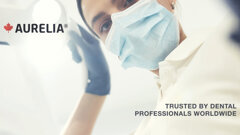

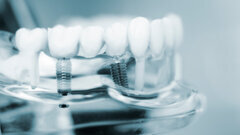

























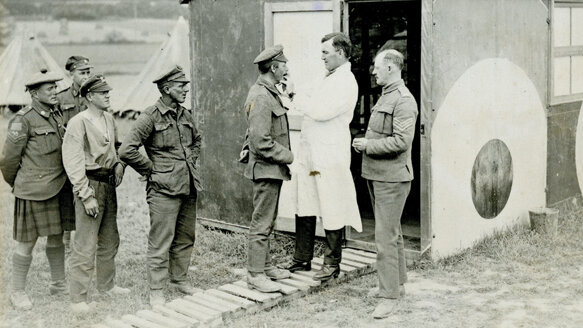



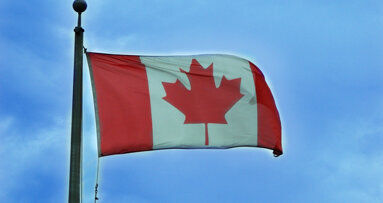
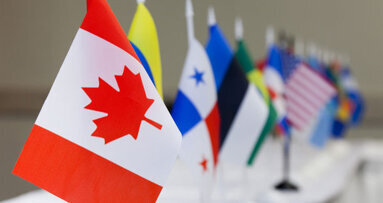

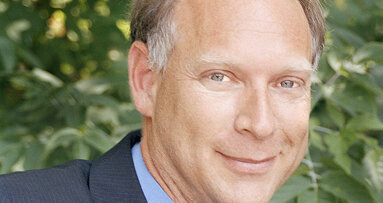
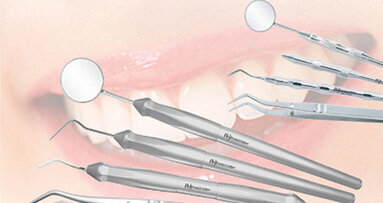
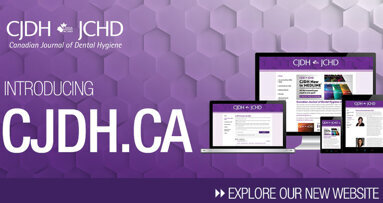

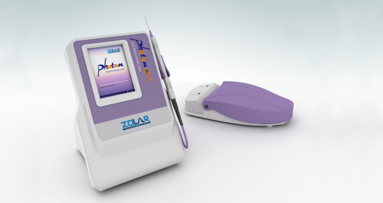
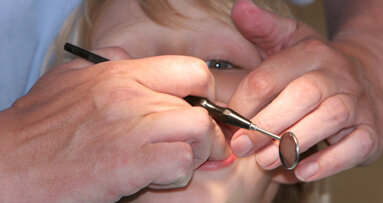











To post a reply please login or register